So if you take a look loong way back into time machine of this blog, you will discover that once upon a time one of my ambitions was to put together a small set of minis and terrain for World War II skirmishes in Normandy. That particular project had some success, I have two complete platoons of Yanks and Germans, as well as some terrain. If I recall correctly, I’ve had two or three games with T. (Arc of Fire), before the project died away. Cause of death – extensive requirements for hedgerows! As said before, I’m not that much into terrain making.
Anyway… with vacation period upon us and me being rather ‘sick and tired’ of anything Vietnam-related, I needed a quick side-project. So when I literally stumbled upon a resin PzIVH from Milicast that I bought many moons ago for above-mentioned skirmishes in Normandy, I thought ‘what the heck, let’s get this one done’.
Now, working with 1/76 resin kits isn’t exactly the same thing as their ‘little brethren’ from Flames of War or Forged in Battle. In case of Milicast kits, we’re talking about proper ‘models’, with detailed mouldning and small, fiddly resin parts that need to be cut out of their mould blocks and cleaned up. It maybe sounds more complicated than it really is, especially with Milicast’s Battle Range, which I think is simplified for wargamers, but there is some additional clean-up work involved with those kits. In case of this particular PzIV, the casting was mostly very clean. The exception was a nasty, solid blob of resin lodged between turret and one of front edges of turret shürtzen. Finally, after drilling a bunch of small holes and cutting and chipping away at it, I managed to get most of it out, but it was a real PITA.
Small resin parts can be either cut away with scalpel (gently) or sawed out with specialized tiny razor saws mounted on scalpel handles. Yes, it is additional hassle, but it’s worth the effort. The kit looks, at least in my opinion, really great with all its small details. Perhaps a bit softer that its plastic cousins, but on the other hand those shürtzen mounts won’t snap in two if you breath at them a little harder. Also, Milicast’s product range is simply bewildering, by far exceeding whatever is out there in plastics!
Paint job is in this case pretty straight forward ‘German’ routine. First, wash the kit in warm soapy water – this is really necessary with resin kits where rests of mould release materials are always present and can make painter’s life a real hassle. Next, I used Vallejo grey primer as initial coat. Funny thing about resin and primers – this is the only one that seems to stick to resin, at least for me. Generic primers for plastics and primers just seem to pool together on resin when I use them.
Next, default German ‘war paint’ was applied. Orche from Tamiya, followed by German Olive Green from LifeColor and German Cammo Brown from Vallejo Model Color. All applied with an airbrush, I’m afraid – I’m sure there are ways to paint mottle cammo with brushes, but if you have an airbrush handy, why complicate life?
Once the paint job was sealed with acrylic varnish, weathering process commenced, starting with an overall application of dark brown wash from MiG. Next, I ‘chipped’ the kit with Vallejo Panzer Grey and applied streaks with different products from Ammo. Finally, some pigments were added, before sealing everything with another coat of varnish. This of course resulted in pigments being virtually wiped out, but what can you do?
Here’s the final product, in my opinion as good, if not better as anything that Warlord puts out for their 28mm range and for a fraction of the price.

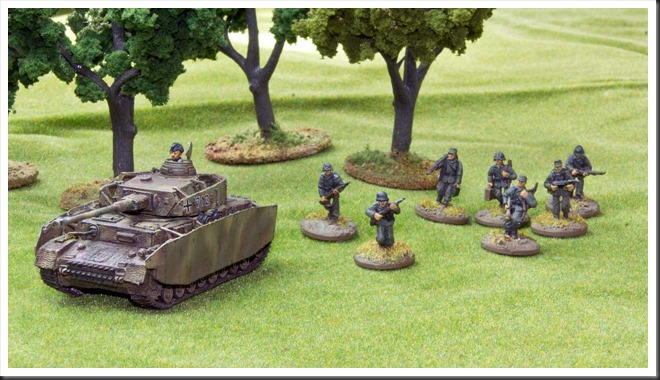
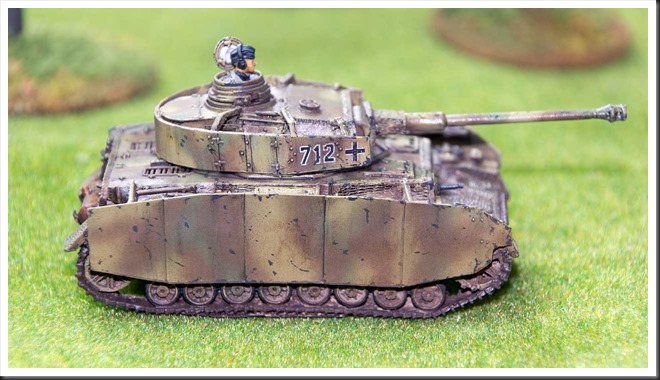

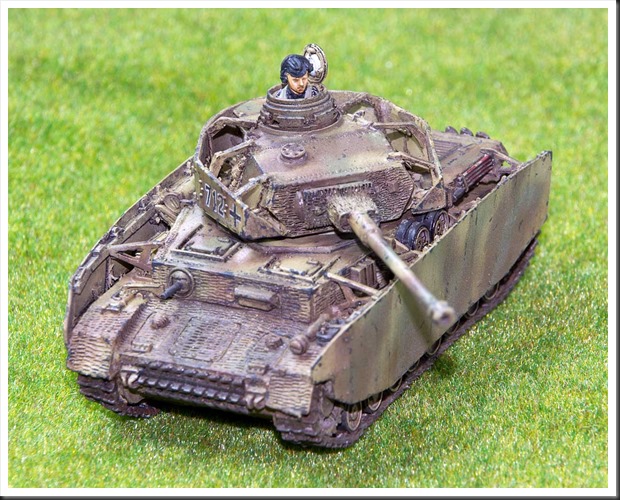
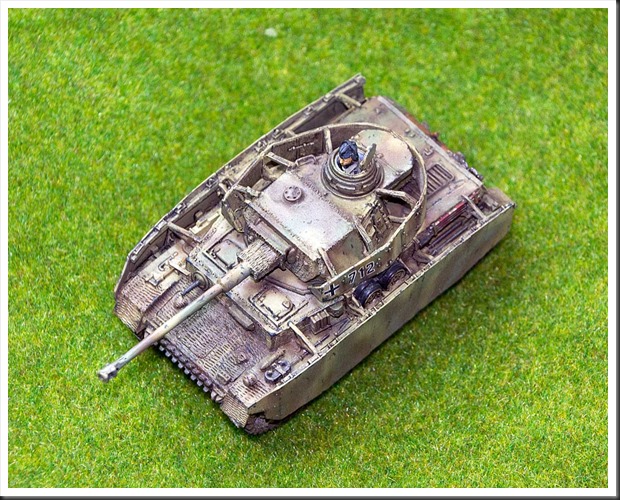

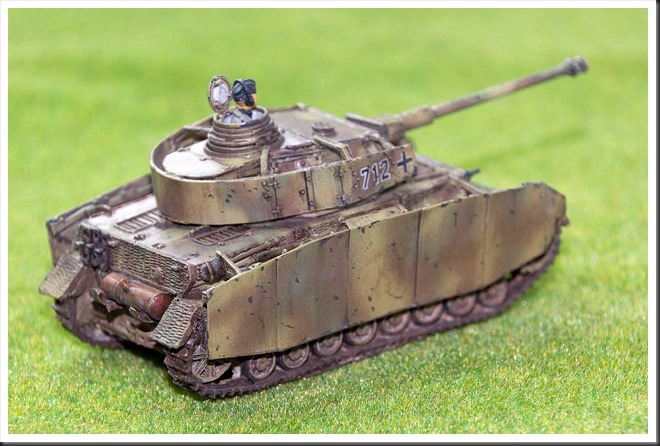
No comments:
Post a Comment